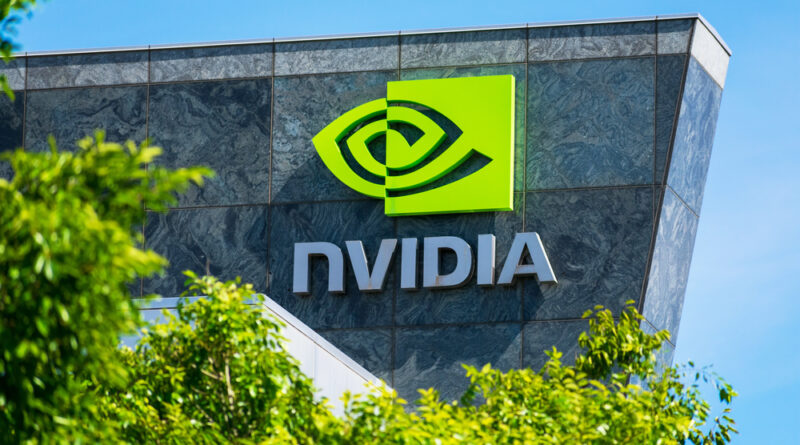Nvidia’s $8 B China Gap: Why the AI Chip Titan Still Needs the World’s No. 2 Economy
Nvidia may dominate global demand for artificial-intelligence silicon, but a widening hole in its China business threatens the company’s long-range growth story—and the stakes run well beyond its own balance sheet.
Export controls bite hard
Washington’s tighter rules on AI hardware took full effect in April, blocking Nvidia’s China-specific H20 accelerator just weeks after launch. The ban wiped out about US $2.5 billion in sales during the April quarter and will erase a further US $8 billion this quarter, chief executive Jensen Huang told investors. The H20 cannot be repurposed elsewhere because it was engineered to satisfy earlier export thresholds.
A missing quarter of the market
China accounts for roughly 25 percent of global demand for AI accelerators—a US $50 billion slice of business that Nvidia says it would dominate if allowed to compete. Venture funds linked to Beijing have already poured nearly US $184 billion into AI start-ups, fuelling an arms race that analysts expect to accelerate through 2028.
Growth maths gets tougher
Wall Street still projects Nvidia’s annual revenue to break US $200 billion in 2025 and climb toward US $300 billion by 2028, assumptions that underpin the chipmaker’s US $3.3 trillion valuation. But those forecasts presume at least a partial comeback in China, according to Morgan Stanley and UBS models. Without it, Nvidia must lean more heavily on hyperscalers in North America, Europe and the Middle East—markets already scrambling for scarce supply.
Huawei and “self-sufficiency” rise
Nvidia’s absence is turbo-charging local rivals. Analysts estimate Chinese suppliers such as Huawei now meet about 34 percent of domestic AI-chip demand and could surpass 80 percent by 2027 if U.S. curbs stay in place. That shift would give Beijing both strategic leverage and a home-grown ecosystem that could erode Nvidia’s global moat over time.
A political puzzle, not a technical one
Industry observers say the quickest fix would be a White House revision allowing more capable—yet still restricted—chips to ship to China, while continuing to deny advanced lithography gear that enables leading-edge production. The administration, however, shows little appetite for back-tracking; renewed trade sparring last week underscores the headwinds.
What’s next
| Scenario | Impact on Nvidia | Likelihood (12 mo.) |
|---|---|---|
| Partial easing of controls | Recovers 10–15 % of lost China revenue; slows Huawei gains | Low–Moderate |
| Status quo | China share drops below 10 %; supply gap filled by local chips | Moderate–High |
| Tighter rules | Additional US $5-7 billion revenue at risk; accelerates Chinese self-reliance | Low |
For now, Nvidia’s record back-order book keeps factories humming, but the company’s own story shows how quickly leadership can shift in tech. As Jensen Huang warns, “the platform that wins the developers wins AI.” Half those developers live in China—a board Nvidia can’t afford to leave unchecked.
Photo Credit: DepositPhotos.com

